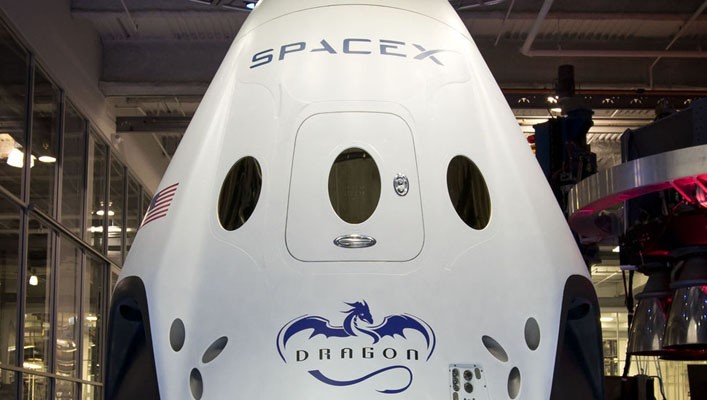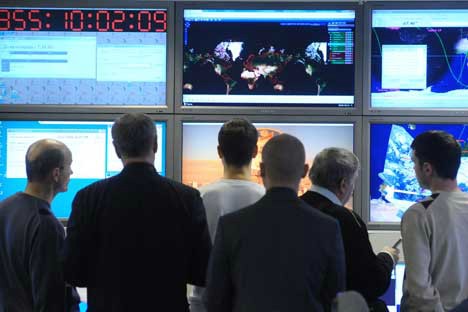SpaceX today unveiled the design of its new manned spacecraft, the Dragon V2, a successor of uts previous, smaller, unmanned spacecraft, Dragon V1
This new spacecraft wil be able to carry upto 7 passengers at a single time into space. NASA and SpaceX believe that this spacecraft will be ready for use by 2017. With this, NASA’s dependence on Russian space shuttles will decrease significantly, although testing of Dragon V2 is yet to be carried out.
“The reason that this is really important,” said Musk, “is that it allows rapid re usability of the spacecraft. You just refill the propellant, and go again… Imagine if aircrafts were thrown away after each flight; no one could afford to fly.”
Elon Mush also reassured SpaceX main aim, i.e. making spacecraft reusable. In the case of Dragon V2, he says, “(this new spacecraft will be able to)land anywhere on earth with the accuracy of a helicopter “
Major design changes, with respect to its predecessor, the Dragon V1 are in the engines. The engines on this spacecraft are a staggering 16 times more powerful than those in Dragon V1. While the Dragon V1 engines (called the draco) gave 100 pounds of thrust, the Dragon V2’s engines give a whopping 16000 pounds of thrust.
SpaceX had recently completed the qualification testing of the Super Draco thrusters. SuperDracos will be used on the crew version of the Dragon spacecraft (the Dragon V2) as part of the vehicle’s launch escape system; they will also enable propulsive landing on land. Each SuperDraco produces 16,000 pounds of thrust and can be restarted multiple times if necessary. In addition, the engines have the ability to deep throttle, providing astronauts with precise control and enormous power.
The Tech Portal is published by Blue Box Media Private Limited. Our investors have no influence over our reporting. Read our full Ownership and Funding Disclosure →








